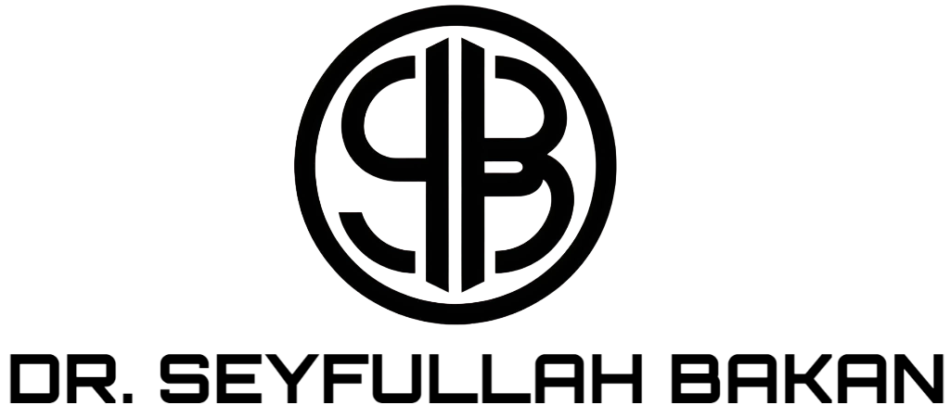Effective Solutions for Wrinkles
Effective Solutions for Wrinkles
Fine lines and wrinkles on our faces are inevitable signs of aging. However, with the solutions offered by modern aesthetic medicine, it is now possible to erase the traces of time. Among the most popular of these solutions are Botox and Dysport. So, what do we know about these two miraculous products? Let’s explore together!
What is Botox?
Botox is derived from a protein called botulinum toxin. Initially used for medical purposes in the 1980s, Botox eventually revolutionized the aesthetic world. By temporarily paralyzing muscles, this product reduces wrinkles and fine lines, giving the skin a younger and smoother appearance.
Uses of Botox:
• Forehead lines
• Frown lines
• Crow’s feet
• Bunny lines
• Gummy smile
• Chin dimpling
• Lip lines
• Hyperhidrosis (excessive sweating)
What is Dysport?
Like Botox, Dysport is also derived from botulinum toxin. Gaining a place in the aesthetic world in the early 1990s, Dysport is notable for its ability to spread over larger areas and act more quickly. Similar to Botox, Dysport reduces wrinkles and fine lines by temporarily paralyzing muscles.
Uses of Dysport:
• Forehead lines
• Frown lines
• Crow’s feet
• Fine lines and wrinkles on other areas of the face
• Bunny lines
• Gummy smile
• Chin dimpling and wrinkles
• Lip lines
• Hyperhidrosis (excessive sweating)
Differences Between Botox and Dysport
Both products contain botulinum toxin and are effective in reducing wrinkles, but there are some differences:
1. Speed of Action: Dysport acts faster than Botox. Results from Dysport are usually visible within 2-3 days, while Botox effects appear in 5-7 days.
2. Spread Area: Dysport tends to spread over a wider area, which is advantageous for treating wrinkles in broader regions.
3. Dosage Differences: The dosages of Botox and Dysport differ. Dysport is used in lower doses compared to Botox, which can lead to variations in application quantities.
Pre- and Post-Treatment Recommendations
Pre-Treatment:
• Avoid blood-thinning medications (e.g., aspirin) and supplements (e.g., vitamin E, fish oil).
• Refrain from alcohol consumption before the procedure.
• Ensure your skin is clean and makeup-free.
• Inform your doctor about any allergies or chronic illnesses.
Post-Treatment:
• Do not touch or massage the treated area for the first 24 hours.
• Remain upright for 4-6 hours and avoid lying down.
• Avoid exercise and strenuous physical activities for 24 hours.
• Stay away from hot environments such as saunas and steam baths.
• Follow your doctor’s instructions carefully.
Duration of Effects and Reapplication Frequency
• Duration of Effects:
The effects of Botox and Dysport typically last 3-4 months. In some individuals, this duration can extend up to 6 months.
• Reapplication Frequency:
For more lasting results, treatments are generally repeated every 4-6 months. Regular applications reduce the depth of wrinkles and achieve longer-lasting results.
Which is More Suitable for You?
When choosing between Botox and Dysport, consider your skin’s needs and personal preferences. It’s essential to consult with a specialist to determine which product is more appropriate for you.
Conclusion
In the fight against signs of aging, Botox and Dysport are among the most effective and reliable solutions offered by aesthetic medicine. Both products reduce wrinkles and restore a youthful, fresh appearance. If you want to erase the traces of time and achieve a younger look, consult a specialist to explore the miraculous effects of Botox and Dysport.
Like any aesthetic procedure, Botox and Dysport should only be administered by qualified professionals. Understanding pre- and post-treatment care is crucial to avoiding unwanted results. Don’t forget to listen to expert recommendations for a healthy and happy skin!
References:
• Carruthers, A., & Carruthers, J. (2007). “Botulinum toxin type A: history and current cosmetic use in the upper face.” Dermatologic Surgery, 33(s1), S3-S16. PubMed
• Hexsel, D., & Dal’Forno, T. (2011). “Comparative study of the efficacy and safety of two formulations of botulinum toxin type A in the treatment of glabellar lines: a double-blind, randomized, crossover study.” Dermatologic Surgery, 37(6), 803-810. PubMed
• Moers-Carpi, M., & Sherwood, S. (2009). “Botulinum toxin type A in the treatment of glabellar lines: a single-center, randomized, double-blind, placebo-controlled study of the efficacy and safety of a new botulinum toxin type A free of complexing proteins.” Journal of Drugs in Dermatology, 8(5), 439-444. PubMed
• Rzany, B., Dill-Müller, D., Grablowitz, D., Heckmann, M., & Carpaneda, C. (2006). “Reproducibility and validity of the facial wrinkle scale for assessing the effect of botulinum toxin type A.” Dermatologic Surgery, 32(1), 81-86. PubMed



